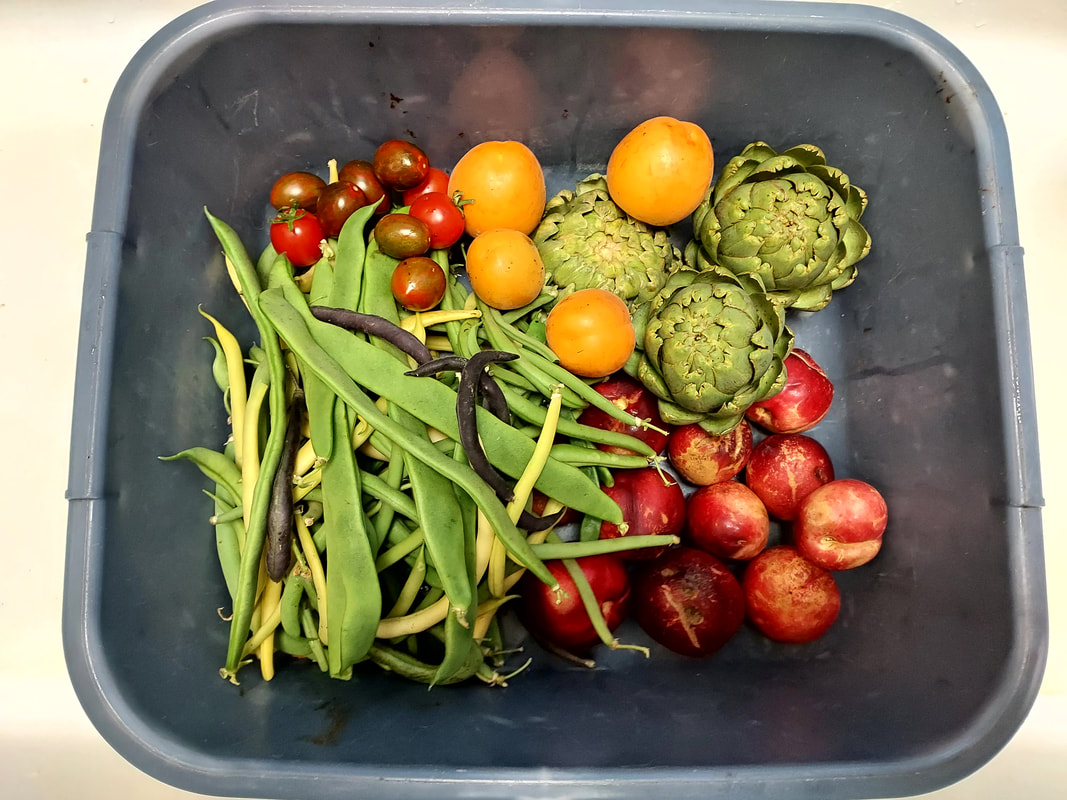 The variety in summer harvesting begins among the last artichokes, with Tomcot apricots, Arctic Star nectarines, several varieties of beans (Contender, Emerite, Roc d' Or, Royalty Purple Pod, and Early Spanish Musica), and tomatoes (Stupice and Chocolate Sprinkles). Over the years' trying different bean varieties, I've made sure to choose only stringless varieties since I gather a few of every variety as it develops and don't want to have to keep "string" and "not string" varieties apart when preparing for cooking. My husband prefers some of the bean varieties raw to cooked. Purple-pod varieties are handy for the beginning cook, since the purple turns green at the moment that they're ready to stop cooking! | When I was a kid, I hated “May Gray” and “June Gloom” because it was so dreary, and I wanted “Summer Sun” to brighten and heat up my days so I’d have the excuse to go to the beach or at least lay out on my dichondra lawn listening to my favorite pop tunes on the radio. Now that I’m an “experienced” gardener who prefers to not endure the heat and brilliance while playing in my garden, I appreciate the still-cool temperatures and overcast skies that mean I can do some additional sowing and transplanting and watering and harvesting and trimming and weeding – all the while knowing that the plants are also thriving because the weather is mildly warm enough to spur growth but not blazing hot enough to stress them. Of course, that scenario is yet to come. So, enjoying being in the garden now is all the more precious. Especially when I come into the kitchen with a bucketful of edible treasures. Yum! With this year’s additional mandates of lessened water supplying our gardens, the resulting stresses for both plants and people aren’t welcome in addition to the uncomfortability of the too-hot blazing sun during our summer. But we can shift our timing and techniques to better serve ourselves and our plants:
For more to do in the garden, see June’s Monthly Tips For more June gardening in years past, see my previous archived June blogs since 2015 For specific major topics on summer gardening, see my homepage links For tomato problems and solutions, see Tomato Growing Problems & Solutions - 6/17/20 |
|
3 Comments
|
Categories |

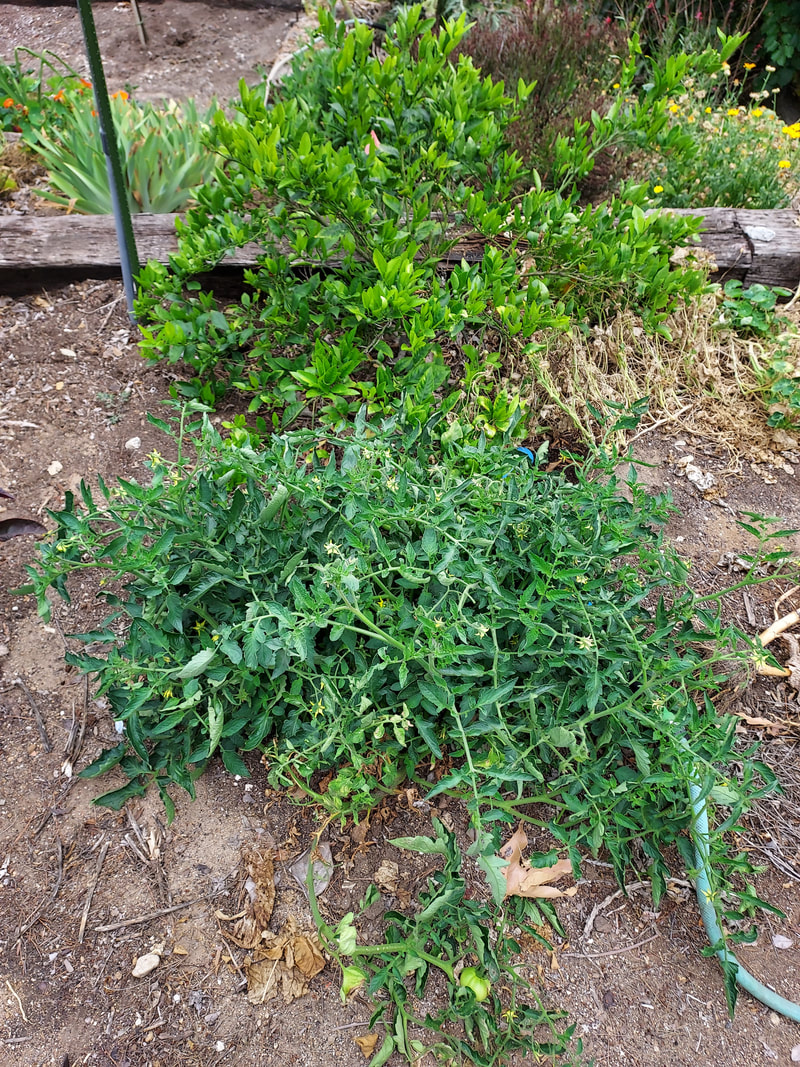
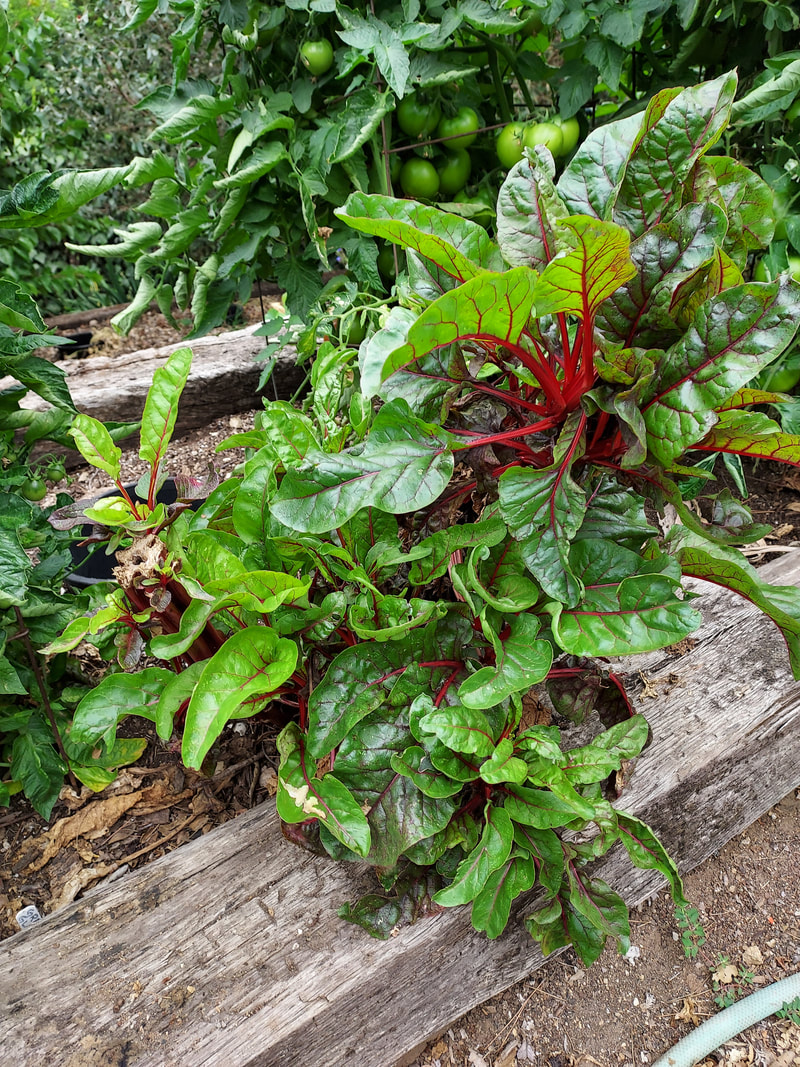
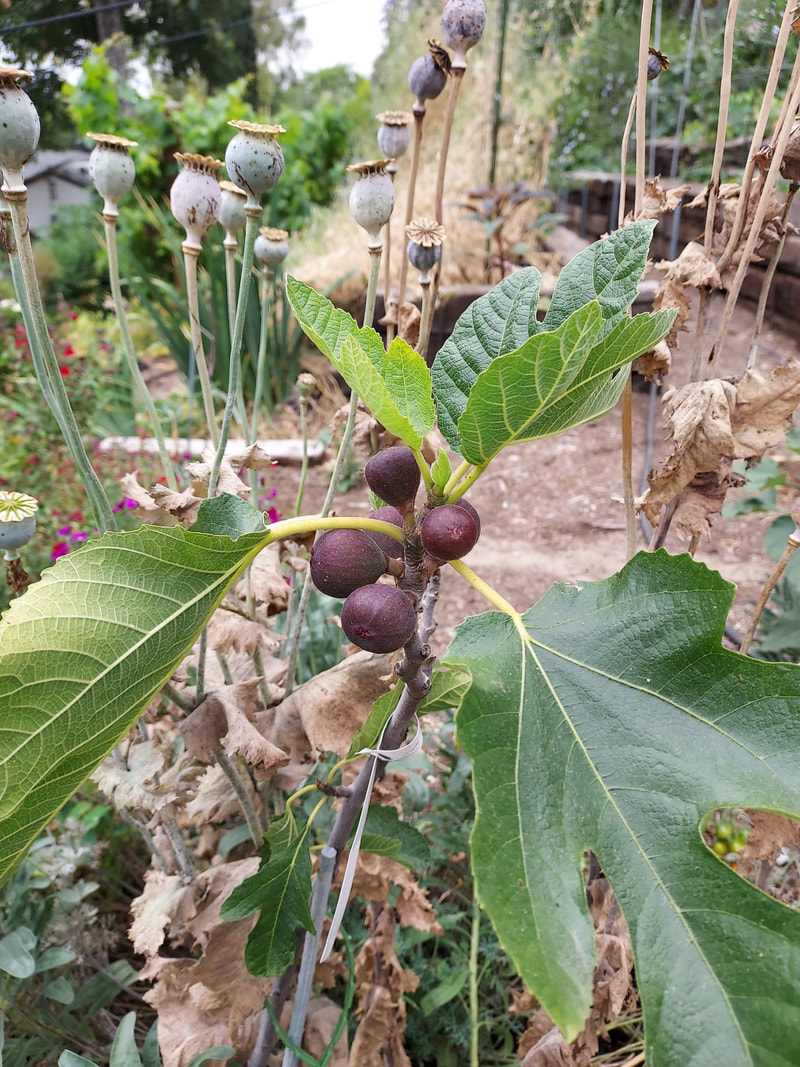
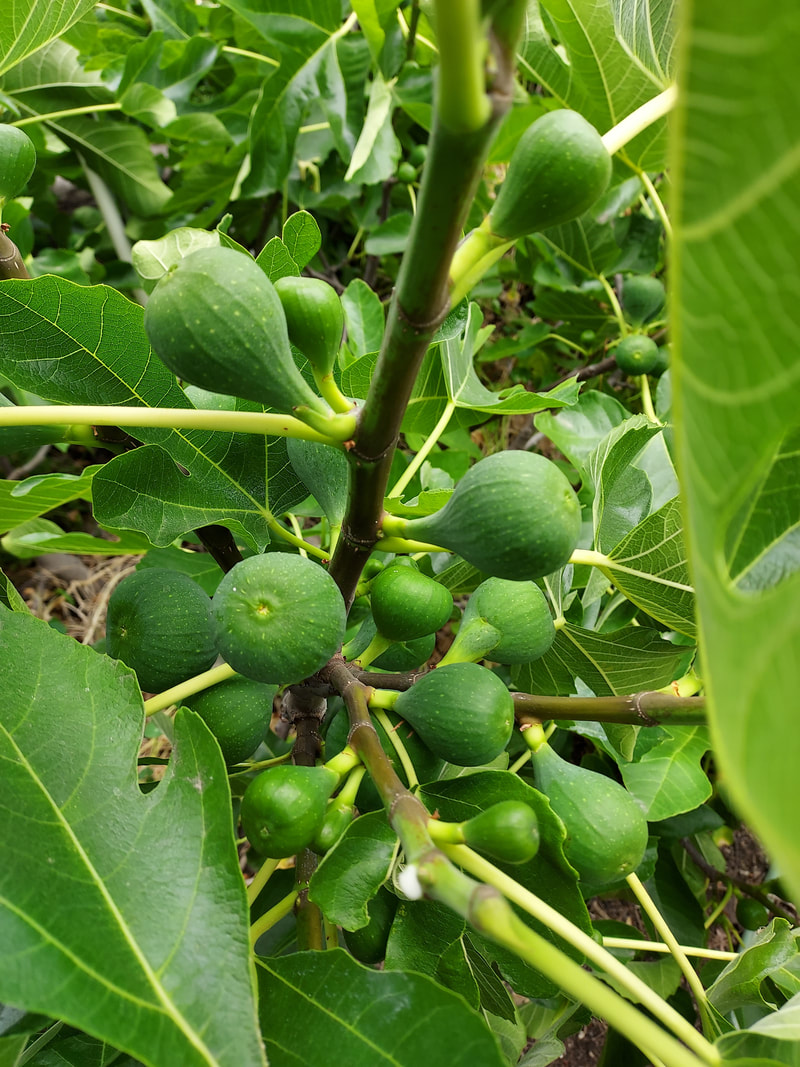
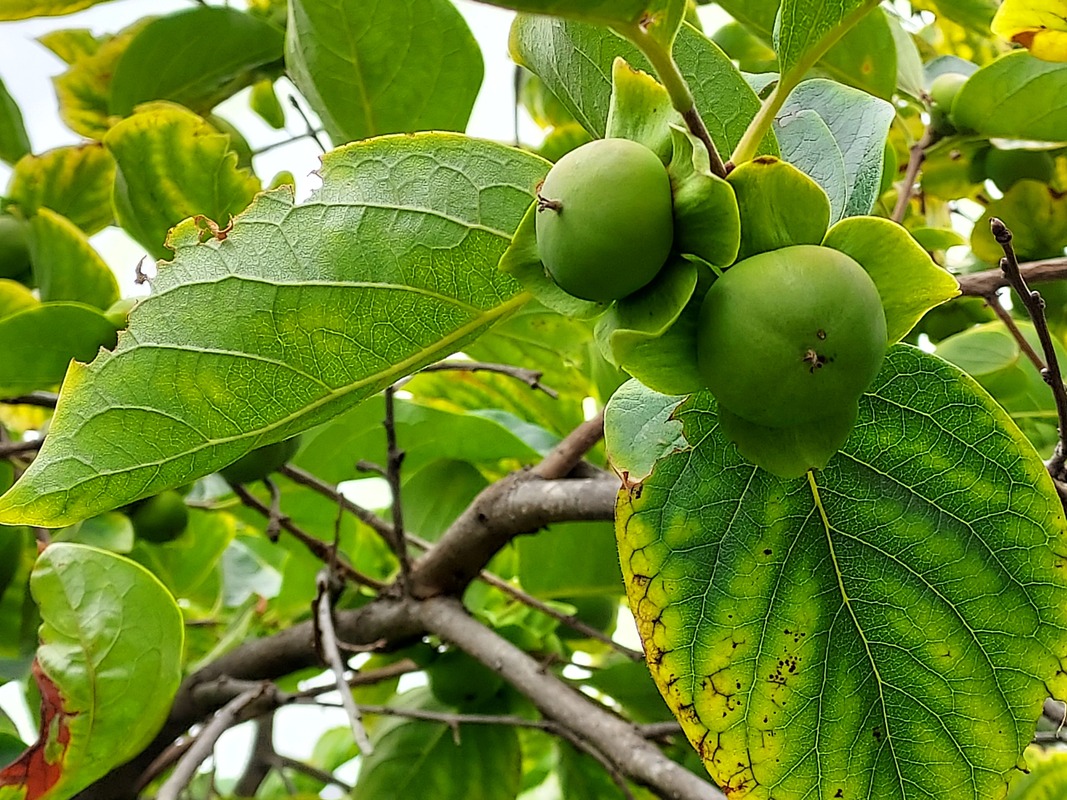
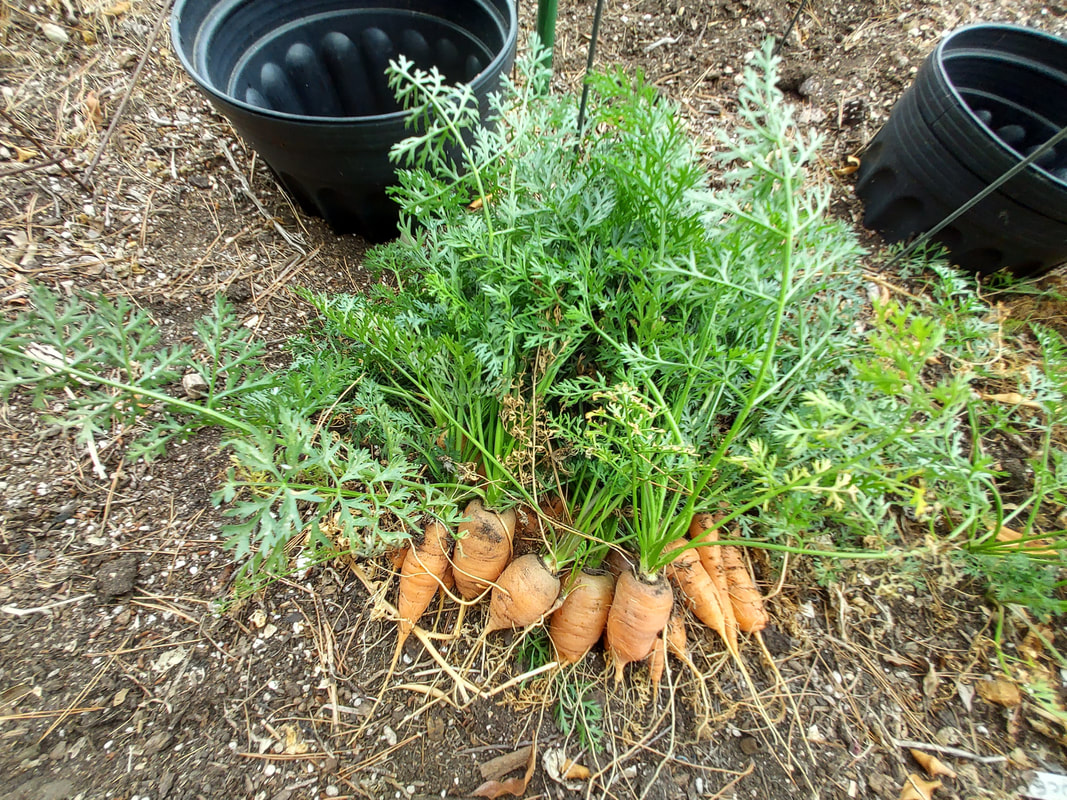
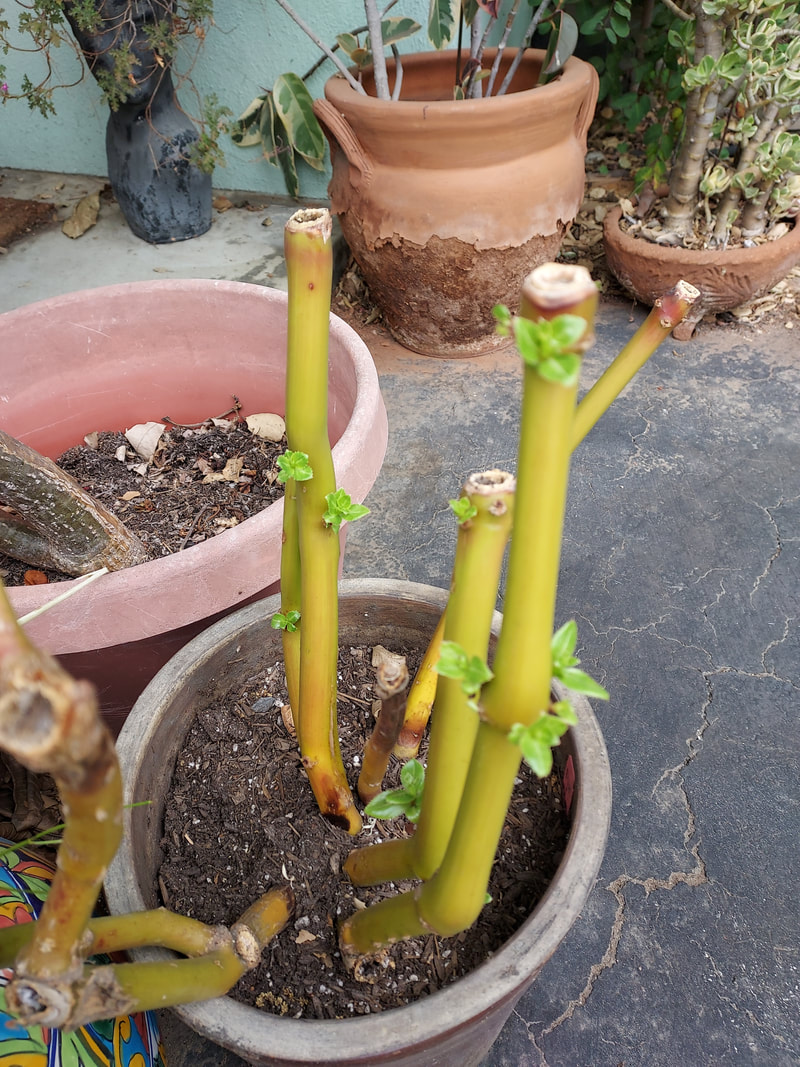
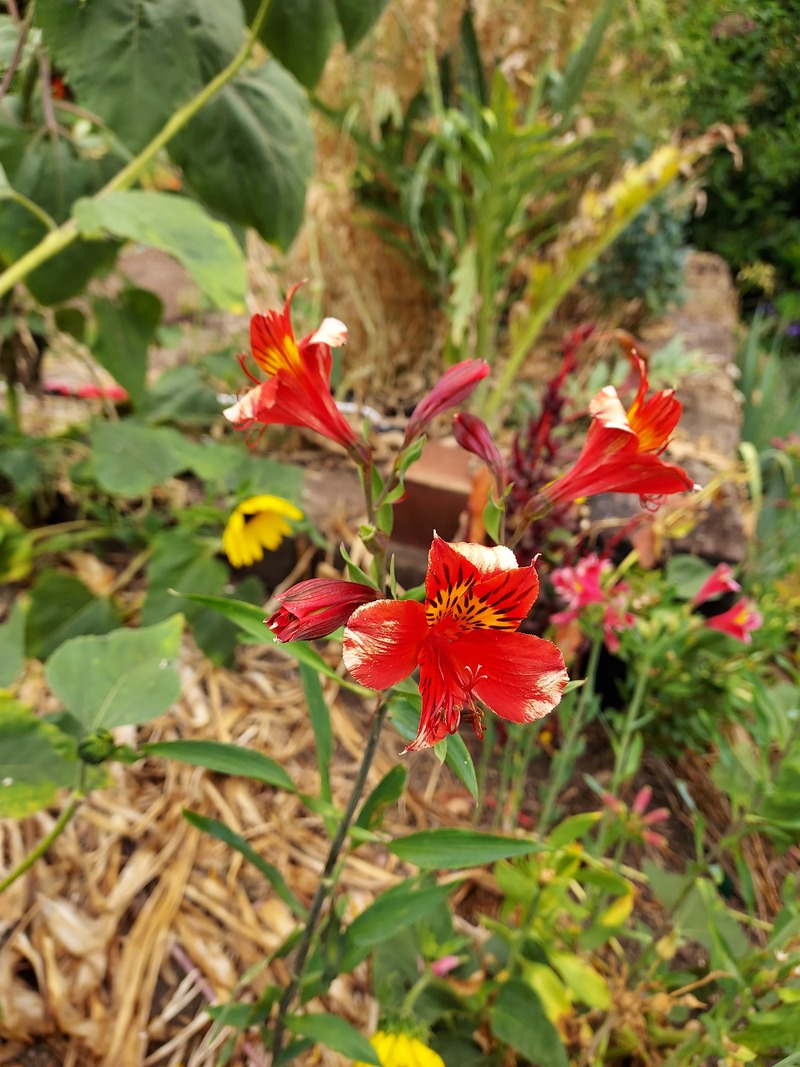
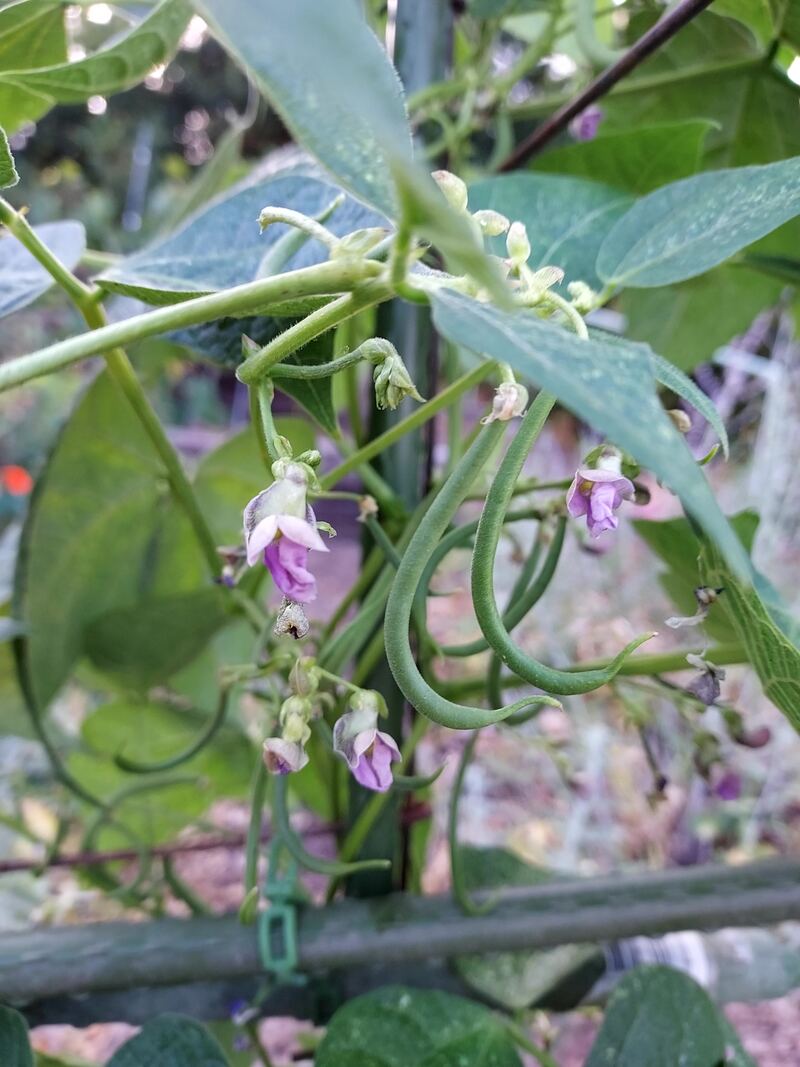
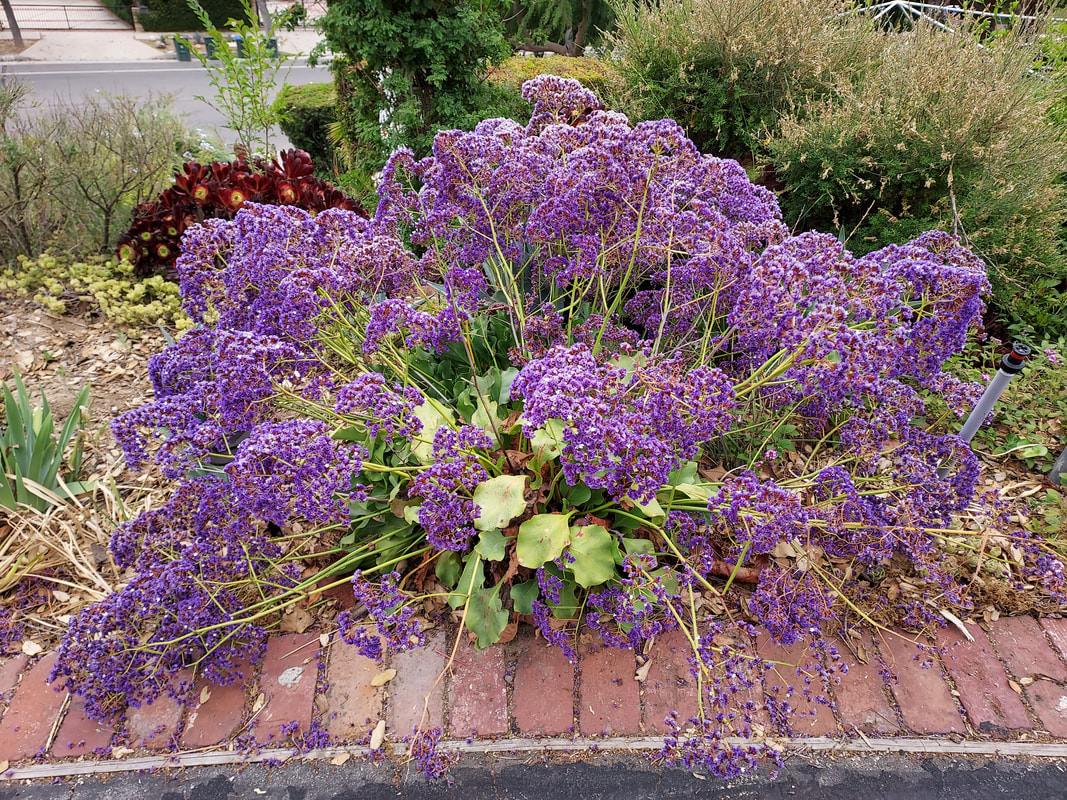
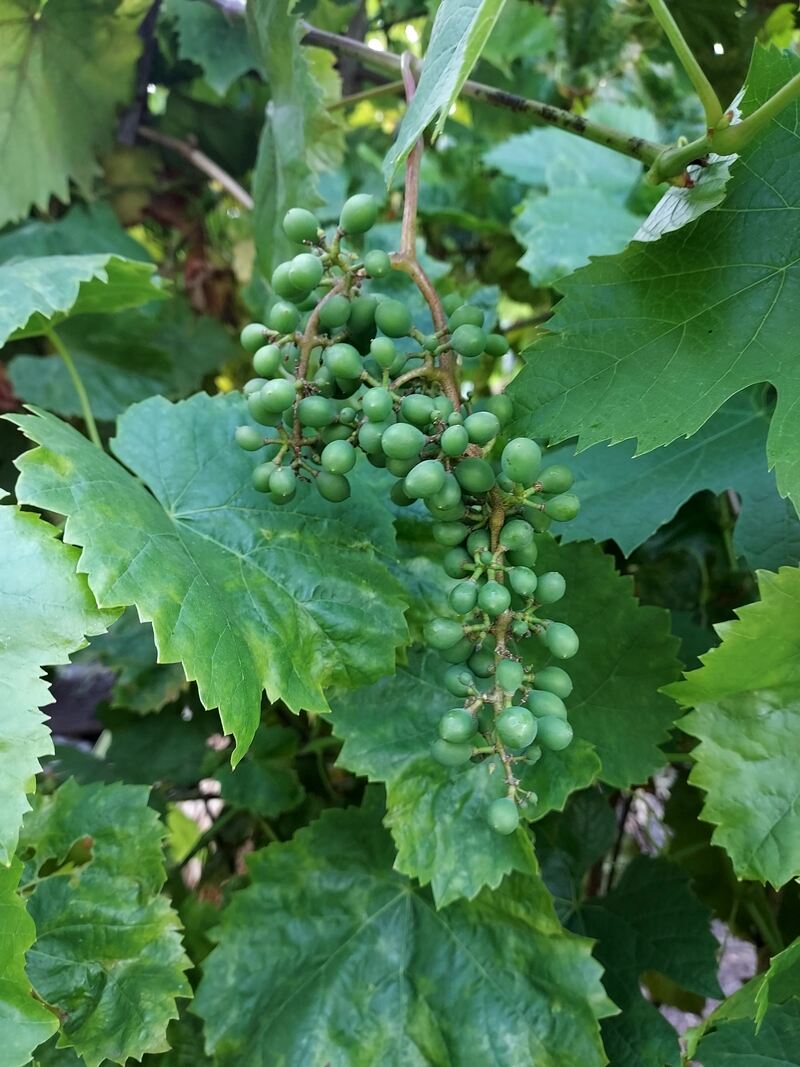
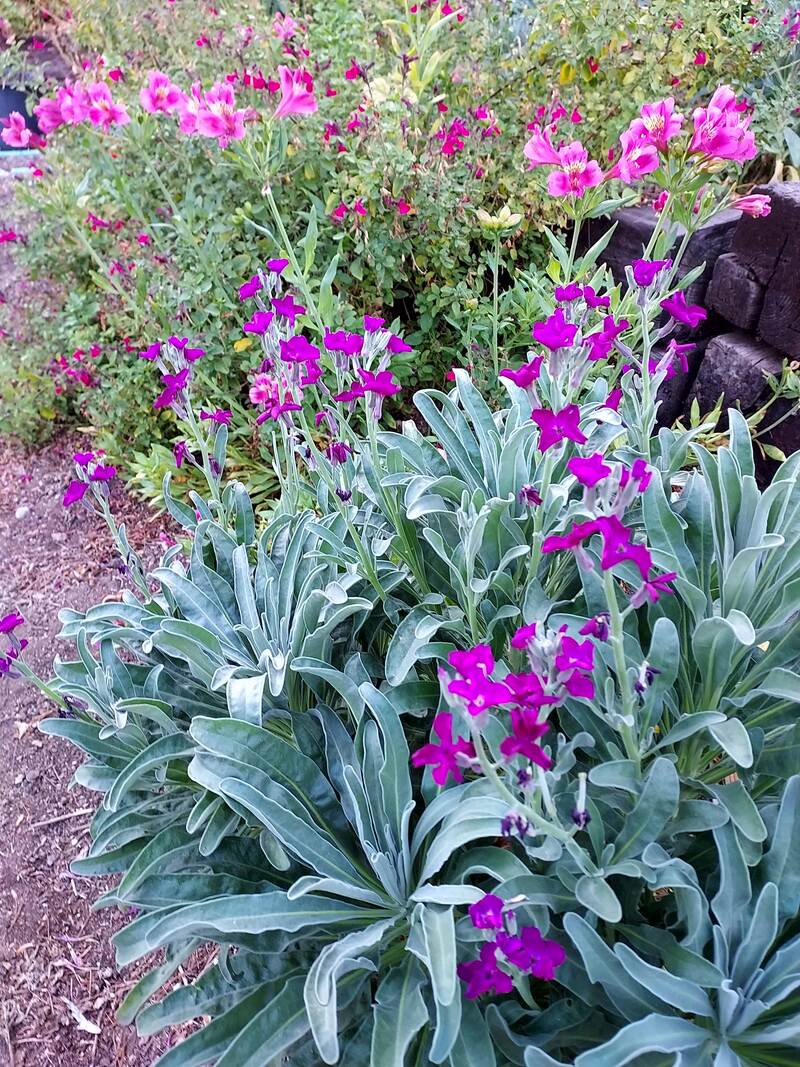
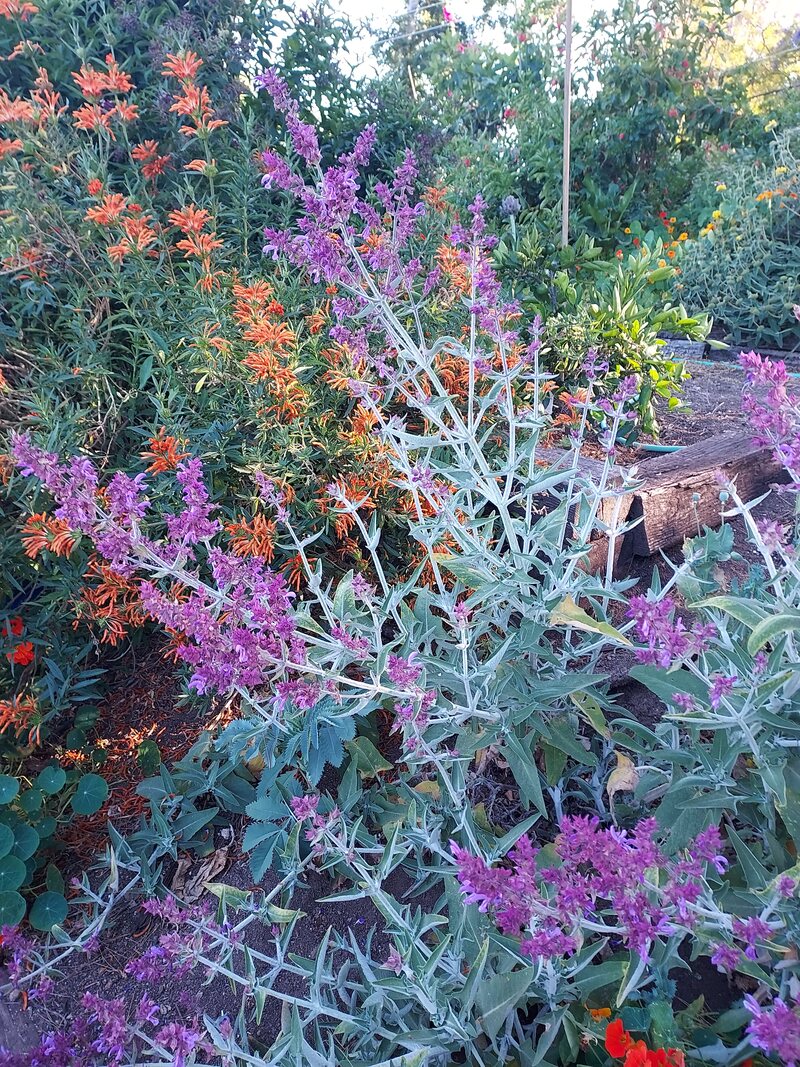
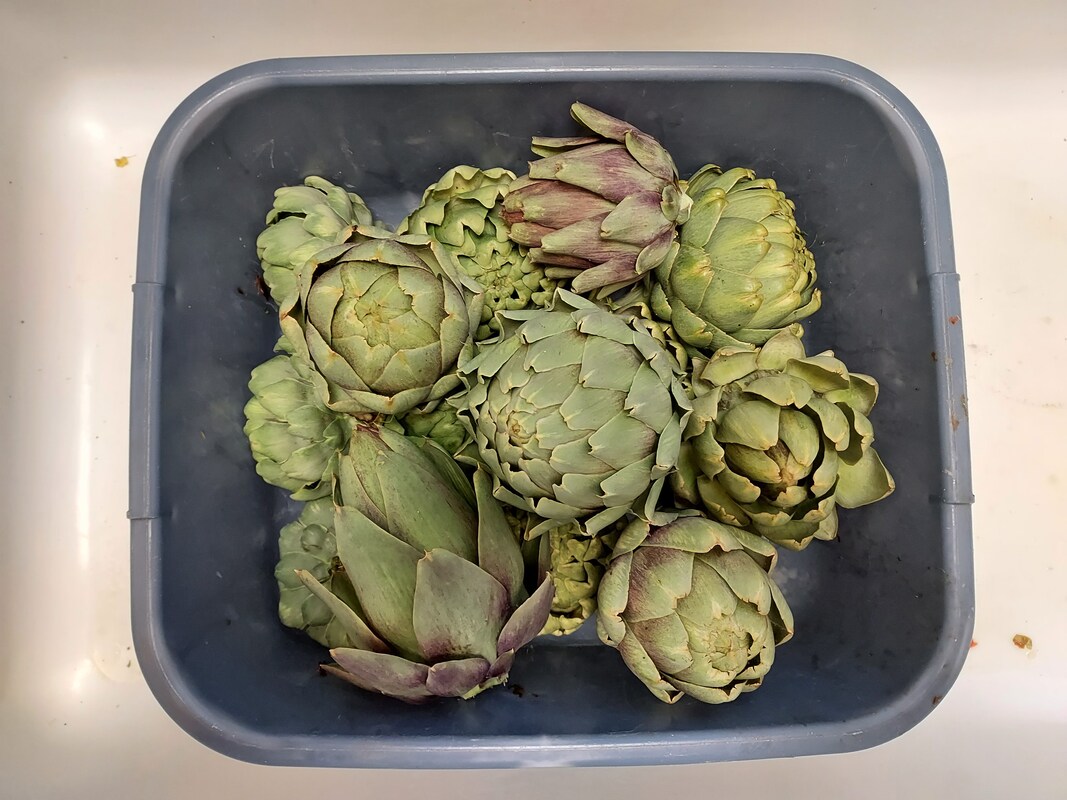
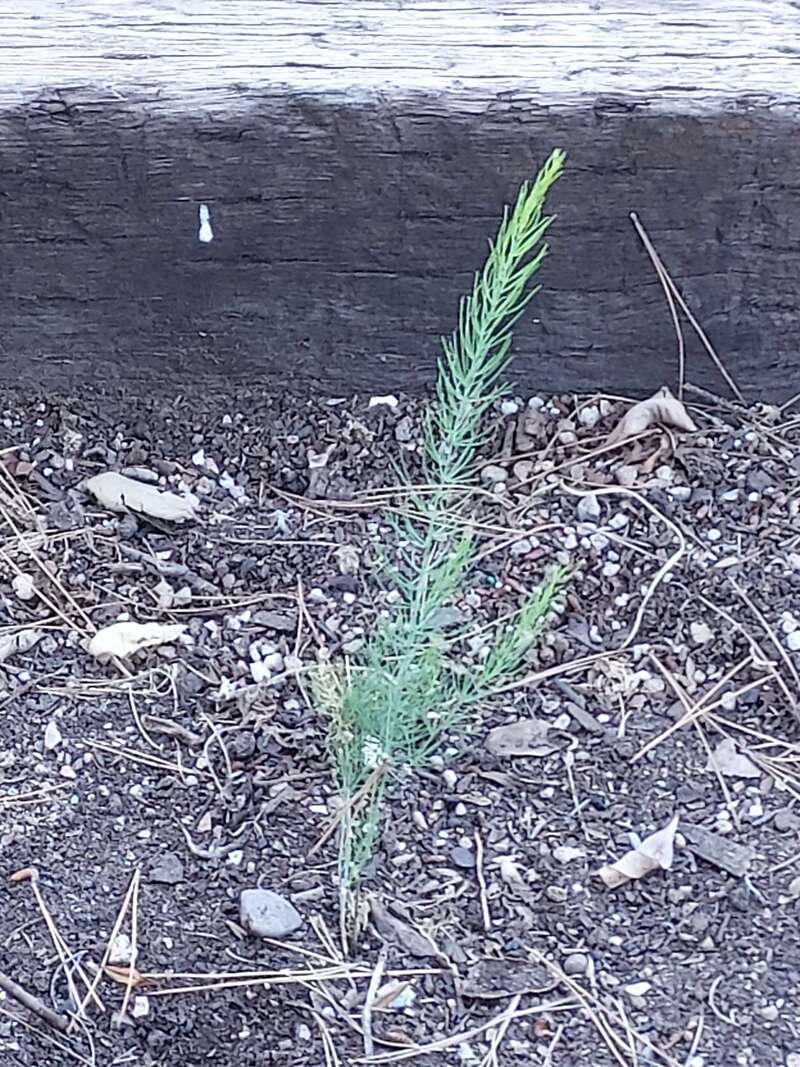
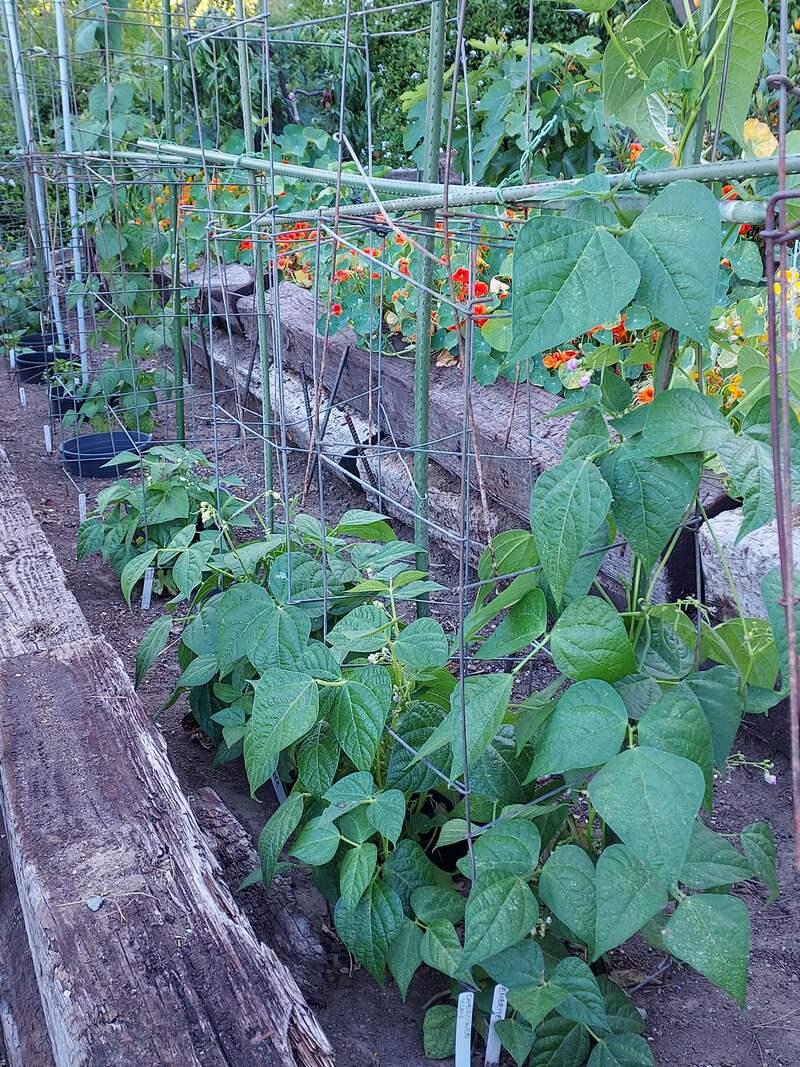
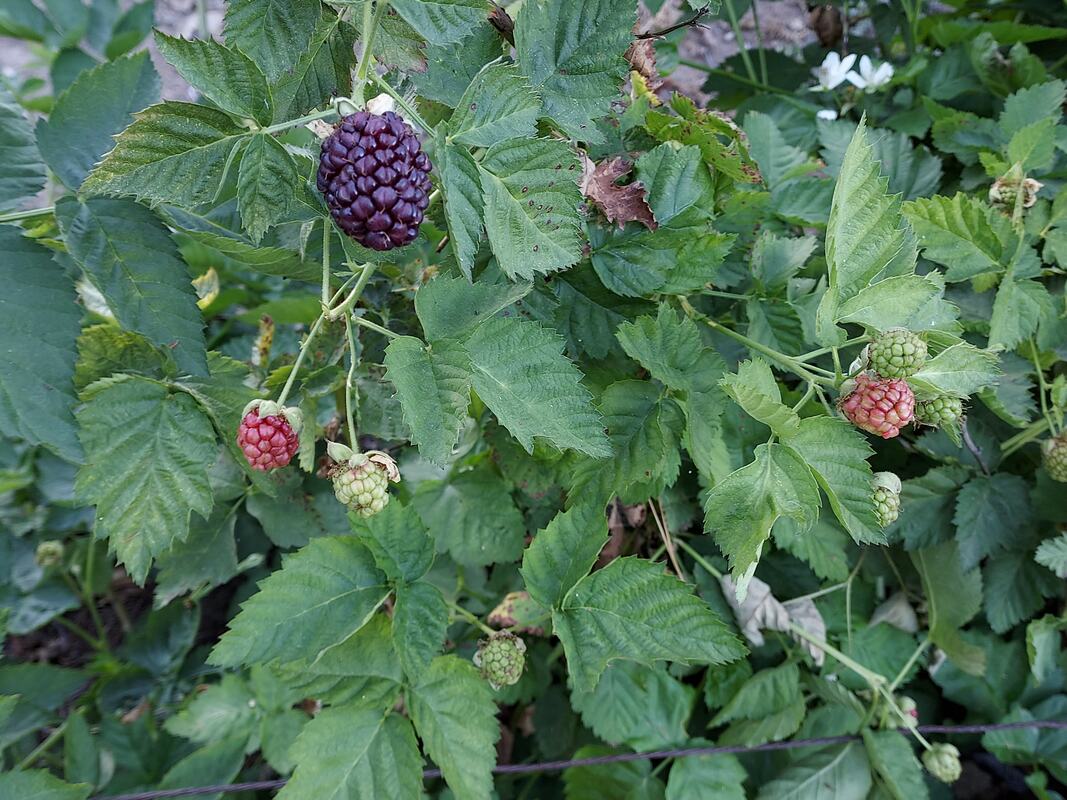
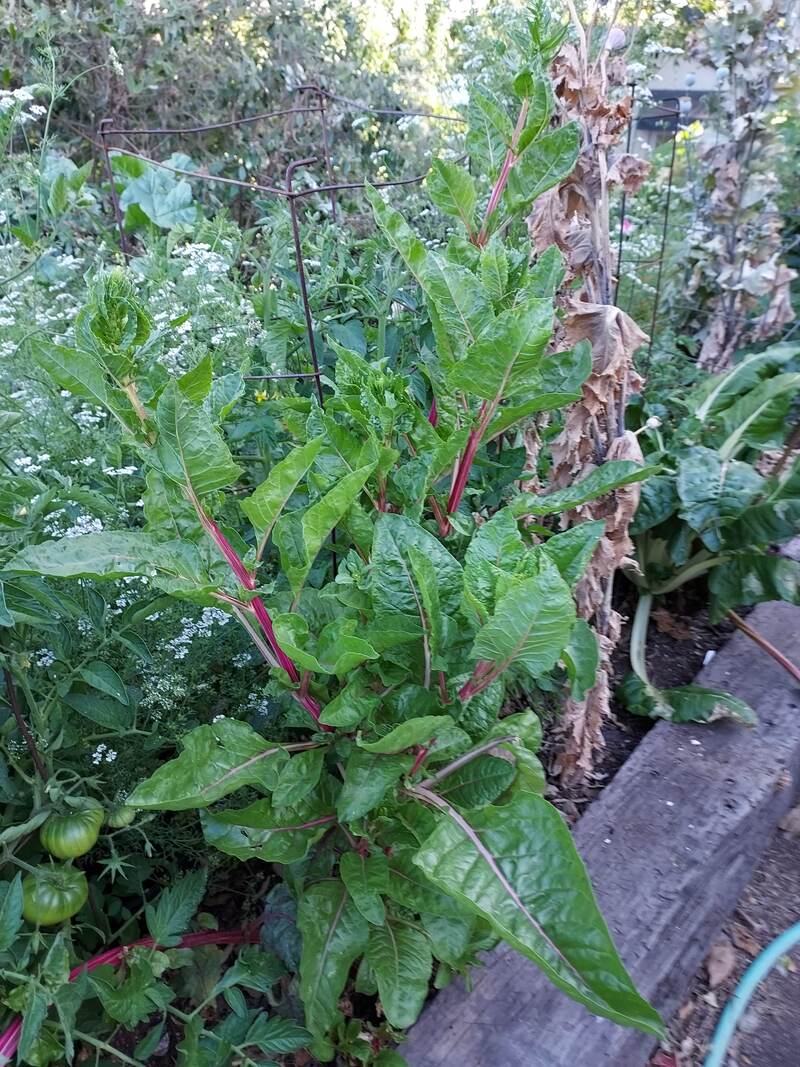
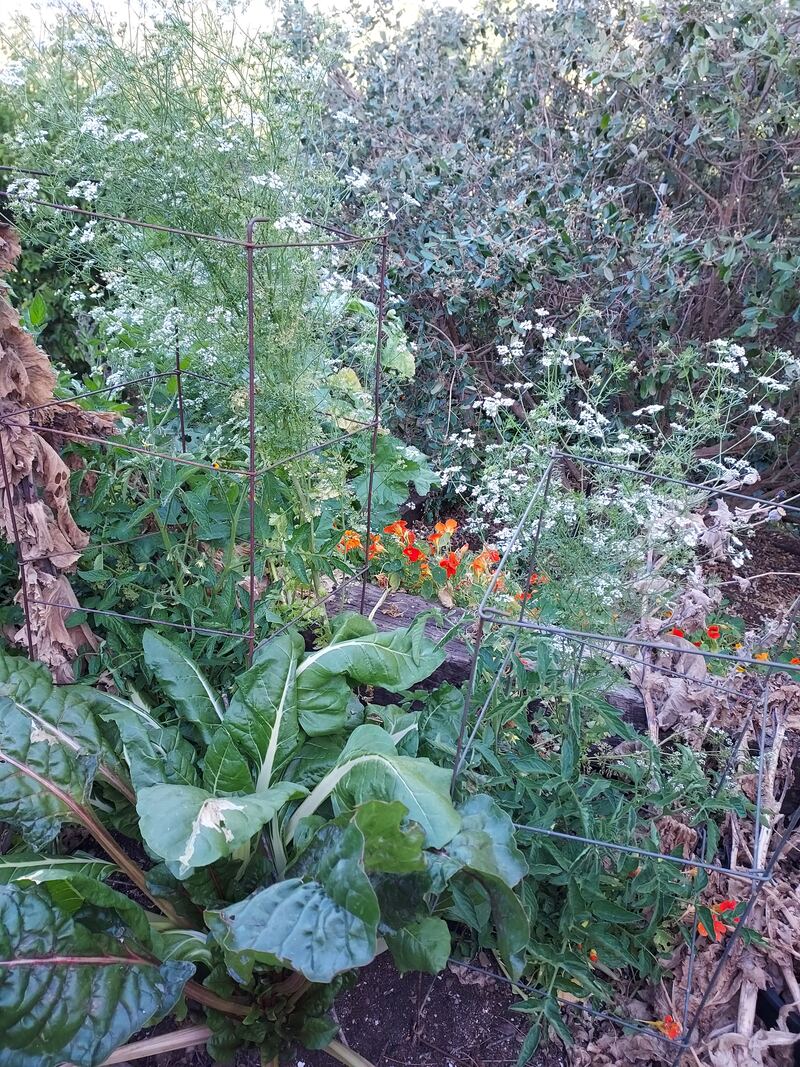
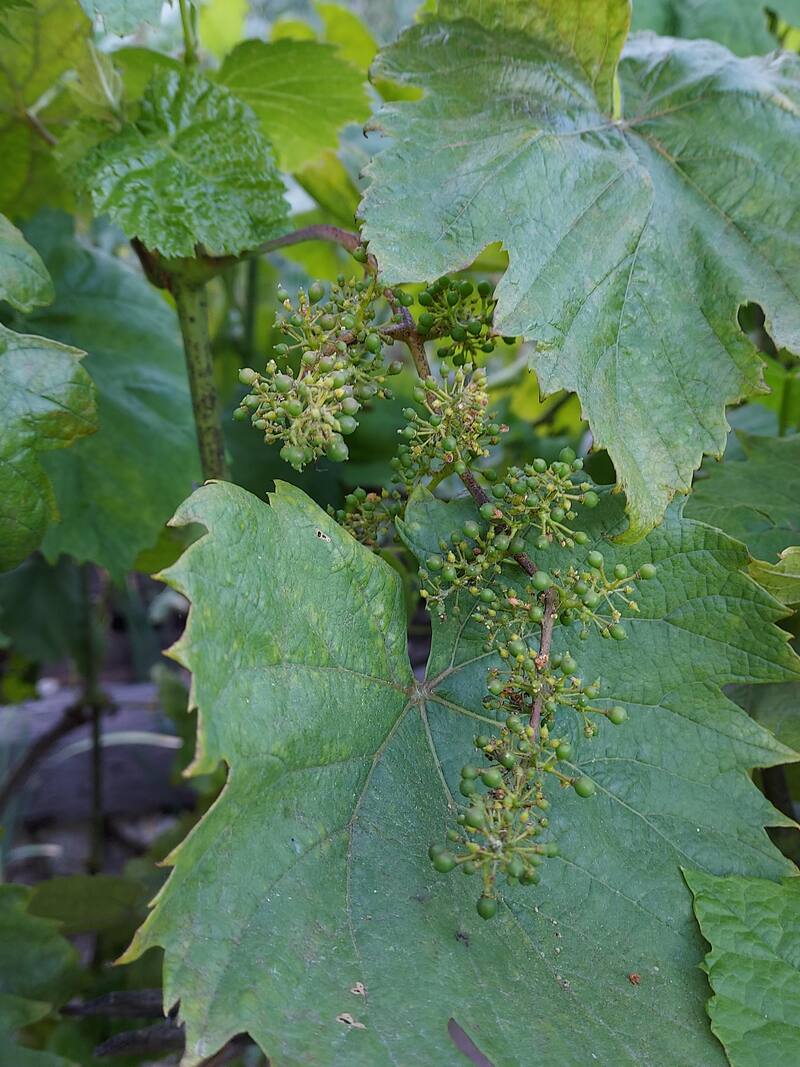
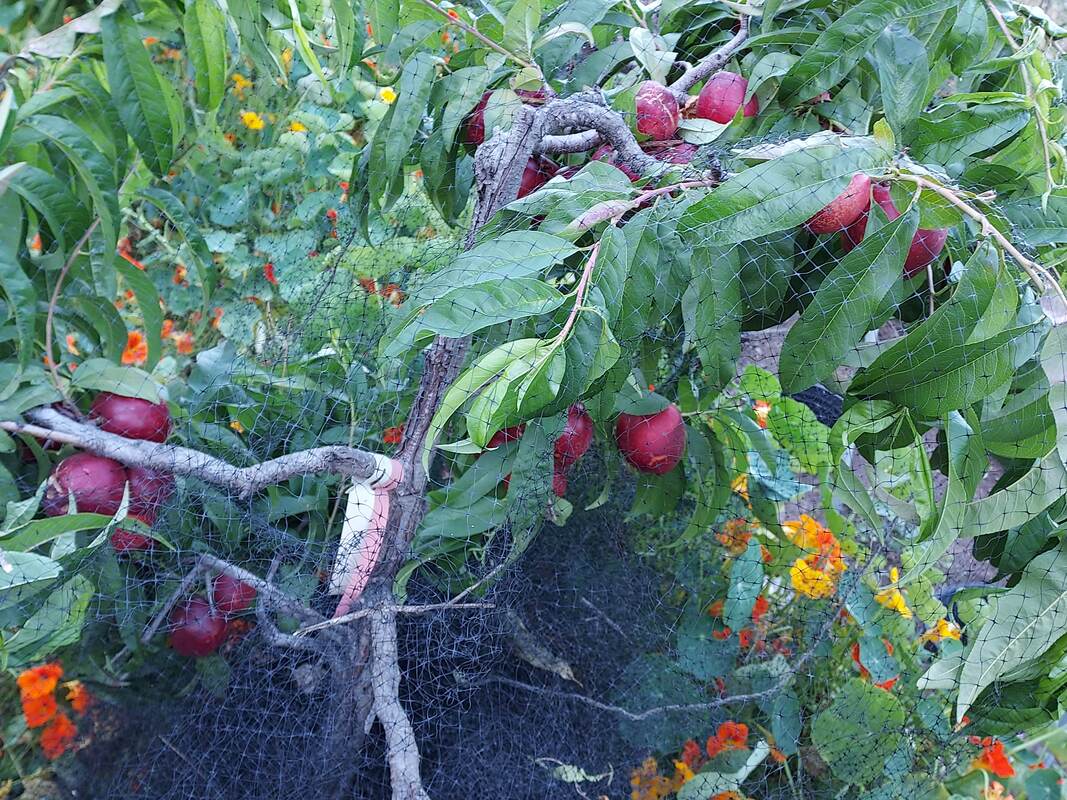
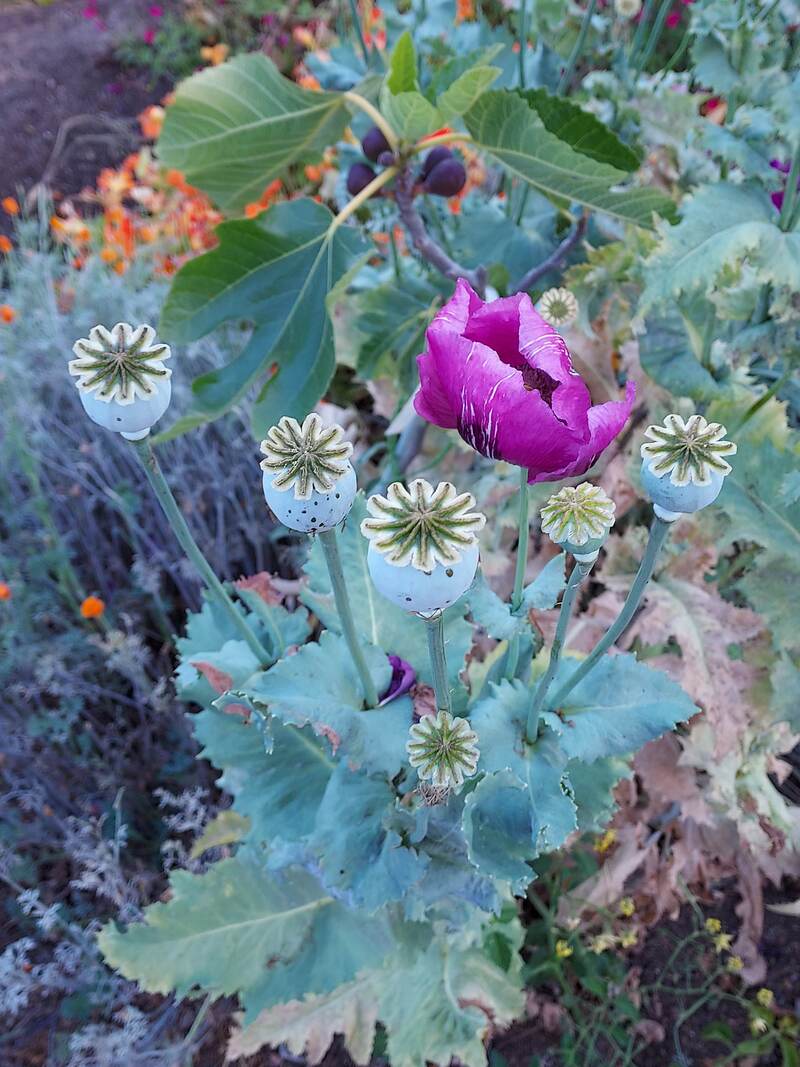
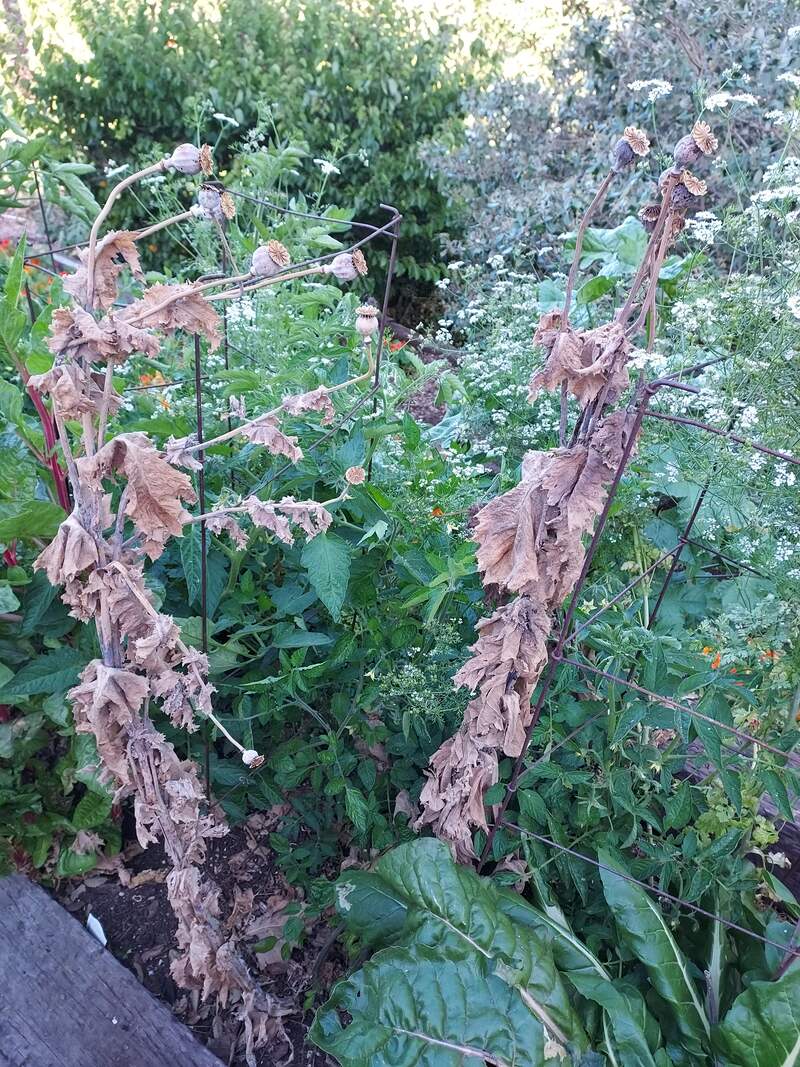
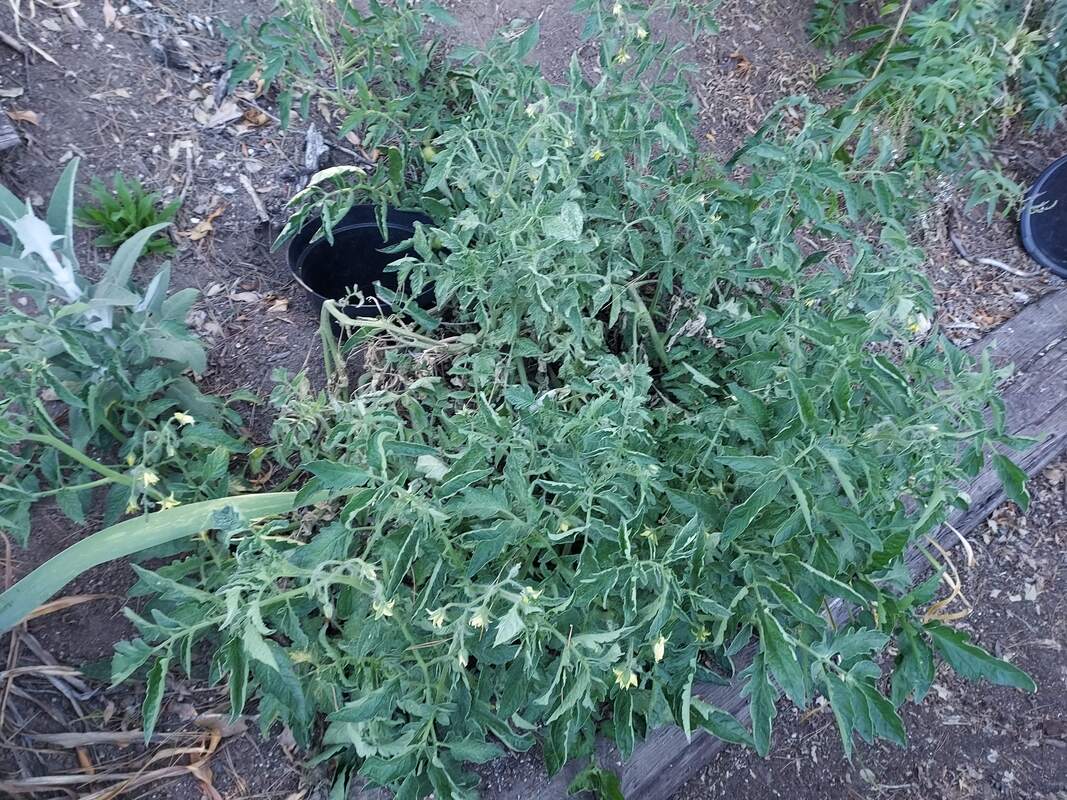
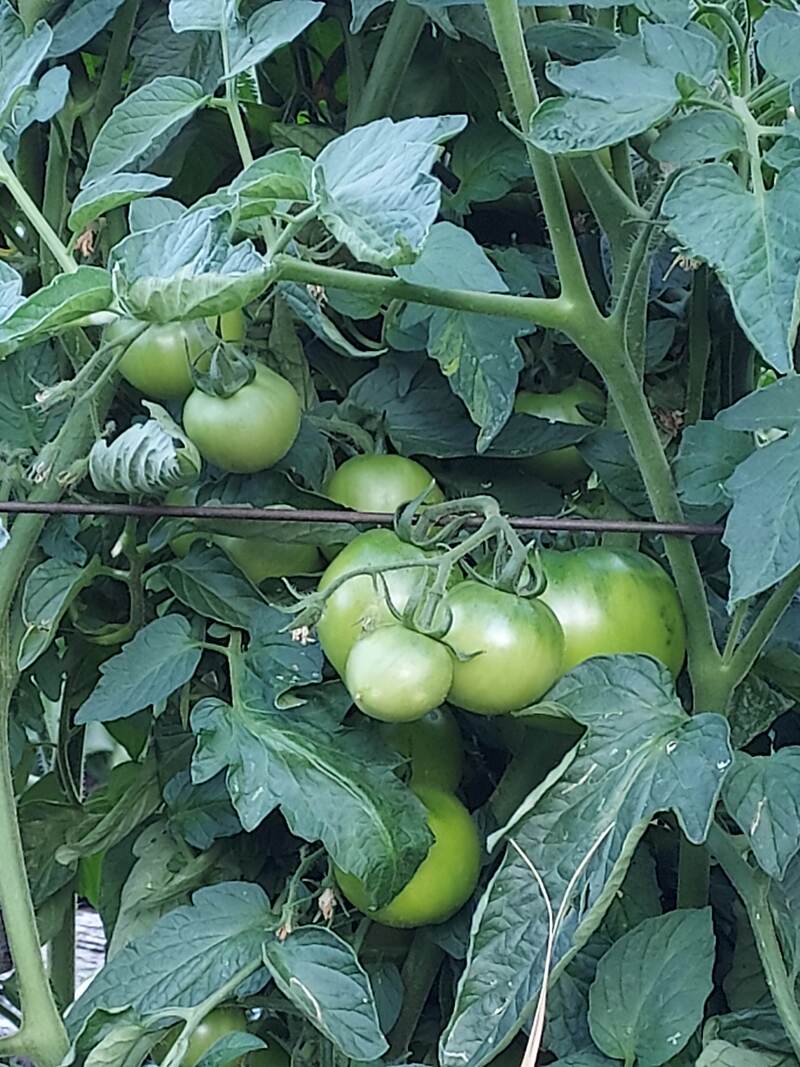
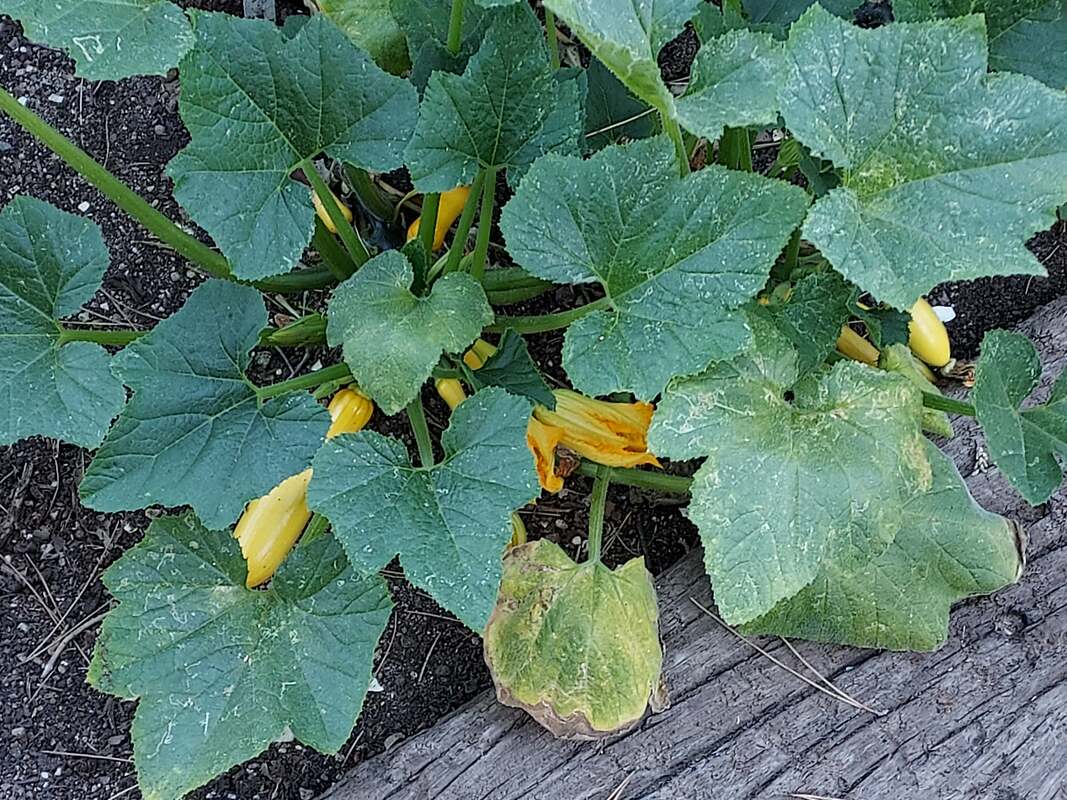
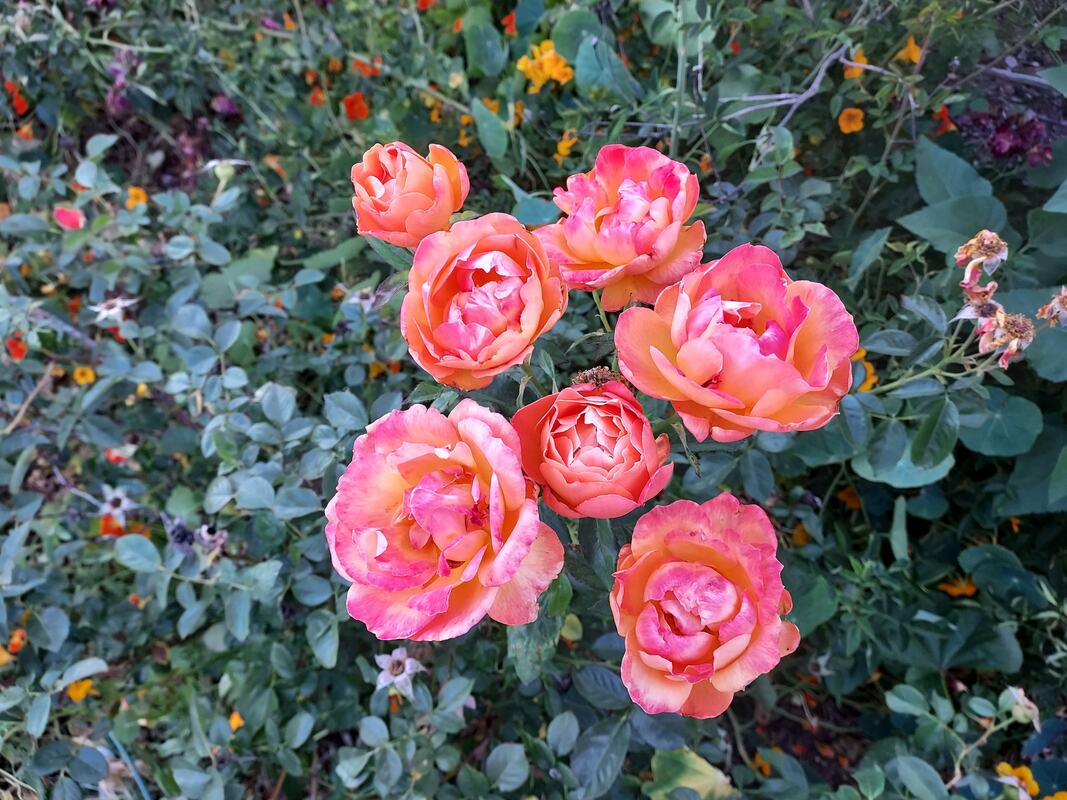
 RSS Feed
RSS Feed